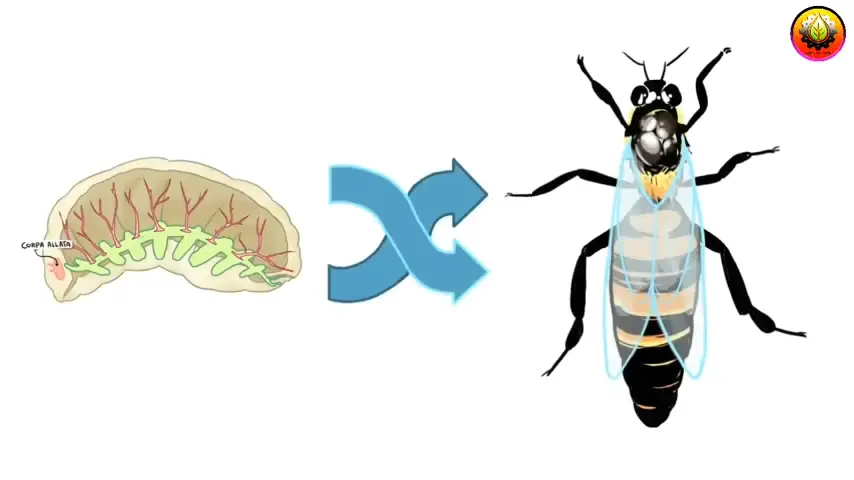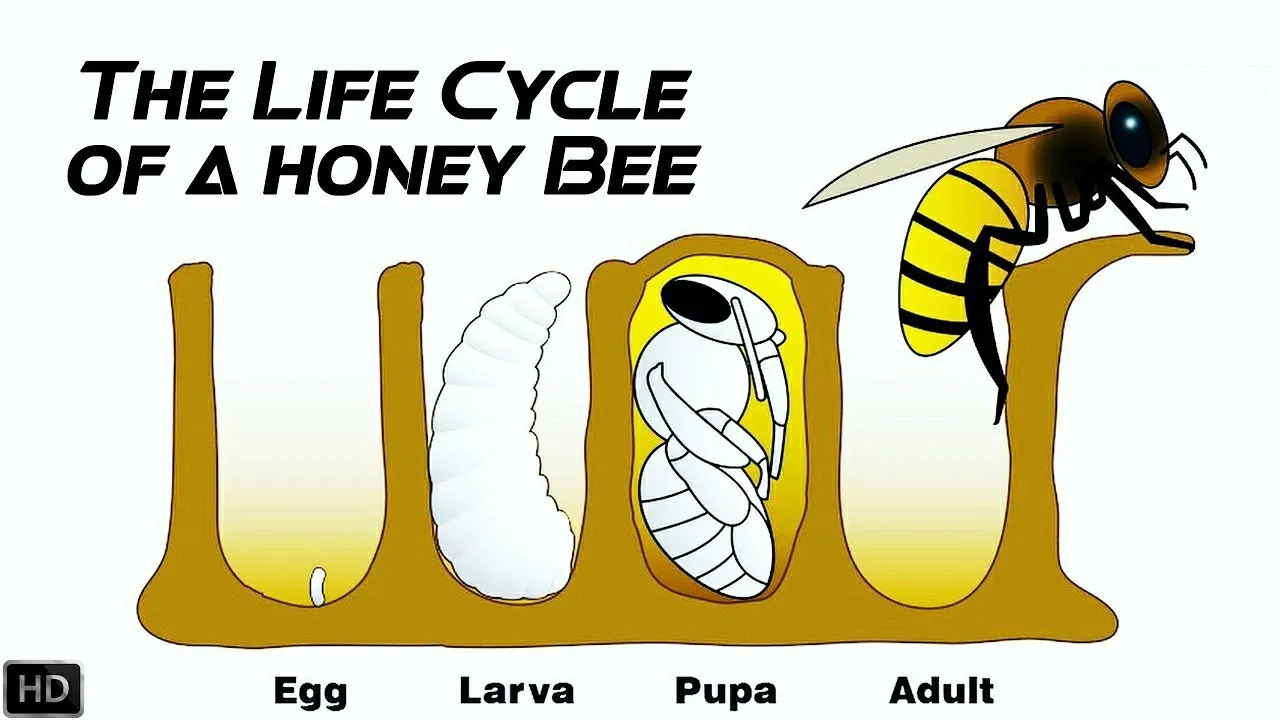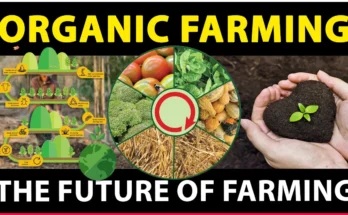The Life Cycle of a Honey Bee: The First 21 Days
Honey bees have a fascinating life cycle, with different roles and destinies for each hive member. This article focuses on the first 21 days of a honey bee’s life, exploring how queens, workers, and drones are created.
Mating and Egg-laying
A queen bee has a specialized reproductive system that allows her to influence the sex and development of her offspring. She lays two types of eggs: fertilized and unfertilized.
- Fertilized Eggs: These eggs develop into female bees (workers or queens). During a mating flight, the queen mates with multiple drones (males) from other hives, storing the sperm in a specialized organ called the spermatheca. This ensures genetic diversity in the colony.
- Unfertilized Eggs: These eggs develop into male bees (drones). They only have one set of chromosomes (haploid), while fertilized eggs have two sets (diploid).
The Worker Bee’s Role
Worker bees handle all the feeding within the hive, including caring for the queen and young. Their special glands produce two types of jelly:
- Worker Jelly: This is the standard food for developing larvae and turns fertilized eggs into worker bees.
- Royal Jelly: This richer, denser jelly is fed to select larvae, turning them into queens. Queen larvae consume significantly more jelly than worker larvae.
Worker bees make the decision to raise a queen bee based on the hive’s needs. If the worker population is too high, they may choose to create a new queen and swarm to a new location with the old queen.

Development from Egg to Adult
The development of a honey bees from egg to adult takes about 21 days. Here’s a breakdown of the process:
- Egg Stage (3 Days): The queen lays the egg in a honeycomb cell. It hatches after three days, and the outer layer becomes food for the developing larva.
- Larval Stage (5 Days): The larva emerges and feeds for five days. Worker bees constantly check on the larvae and provide them with fresh food (worker jelly).
- Pupal Stage (13 Days): After feeding, the cell is capped with wax, and the larva transforms into a pupa. During this stage, the pupa develops its adult body parts.
- Adult Stage: After 13 days, the adult bee emerges from the capped cell.
This is just the beginning of a honey bees life cycle. Worker bees, drones, and queens all have specific roles within the hive, contributing to the overall success of the colony.
Also, view:
Integrated Kitchen Waste Disposal And Plant Growing Tower System




